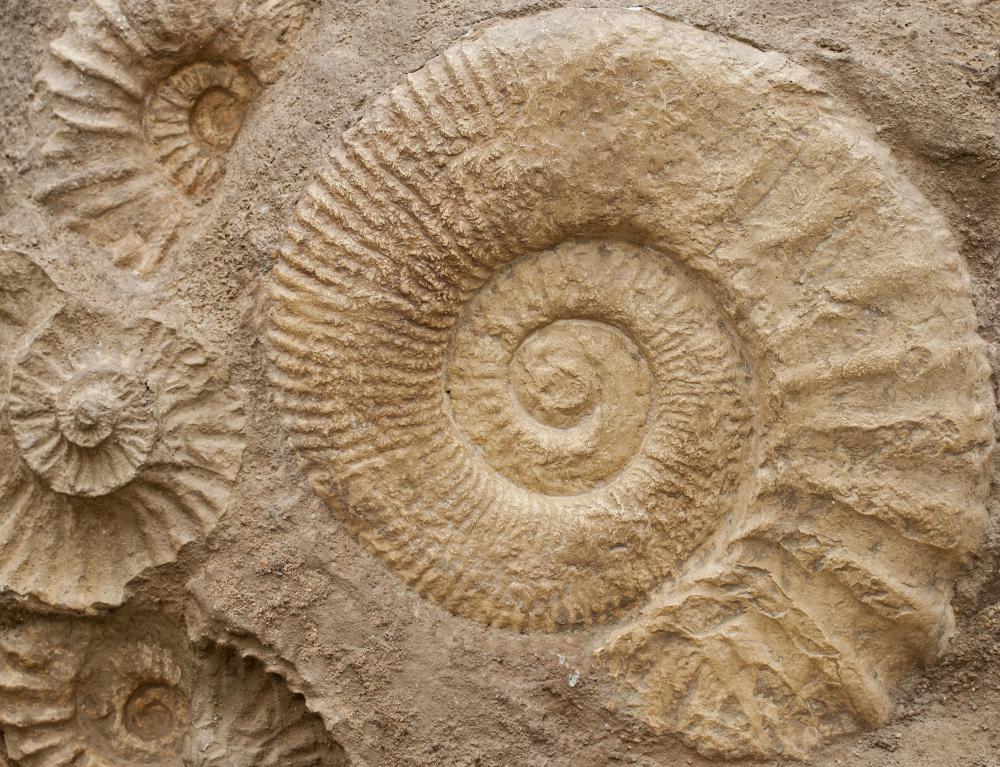At WiseGEEK, we're committed to delivering accurate, trustworthy information. Our expert-authored content is rigorously fact-checked and sourced from credible authorities. Discover how we uphold the highest standards in providing you with reliable knowledge.
What Does a Vertebrate Paleontologist Do?
A vertebrate paleontologist studies fossils that are derived from organisms with backbones, or vertebra, such as mammals and fish. This career path is a specialized niche within the paleontology sciences, allowing the scientist to concentrate on the organisms' evolution and particular age range. As a result of these concentrations, the vertebrate paleontologist can deduce scientific facts about the historical climate and the organism's habits.
This study of vertebrates also requires the paleontologist to understand rock formation and the subsequent layers that occur near the Earth's surface. Fossils are found in all major rock forms, including sedimentary, igneous, and metamorphic types. A vertebrate paleontologist can infer many facts about an organism's life, such as age, depending on the rock layer it is found within. Deeply buried fossils are commonly older than items found closer to the Earth's surface.

Documentation is another key duty performed by a vertebrate paleontologist. Each fossil found must be thoroughly described; size, color, texture, and fossil orientation must be written down as detailed notes, and saved along with multiple photos. These notes can be compared to other similar fossils found in the past, allowing the vertebrate paleontologist to see a progression in evolution.
Many times, this scientist will travel to different regions to study fossils recently discovered. Unearthed fossils are usually skeletons that have not seen the light of day since the organism's death. These discoveries must be carefully excavated from the ground by the vertebrate paleontologist to preserve the fossil's structure. Any accidental damage to the fossil during excavation can have negative impacts on future studies, causing inaccurate deductions about an organism's life and habits.
Another aspect of vertebrate paleontology is a possible teaching career. Many vertebrate paleontologists work at universities as professors; they can use the high-tech tools and software found at these schools to study fossils more carefully. These scientists can share their perspective with students, helping others learn the art of vertebrate paleontology. Some students may actually work alongside the professor, assisting in note taking and scientific observation.
A four year college degree must be earned to work as a vertebrate paleontologist; however, many people complete further study to obtain a master's or doctorate degree. Most universities in the U.S. will not allow a vertebrate paleontologist to teach until a doctorate is earned. In fact, some scientists must earn their doctorate to be eligible to receive funding for new fossil studies, especially if the study involves traveling and working in a foreign country.
AS FEATURED ON:
AS FEATURED ON:











Discuss this Article
Post your comments